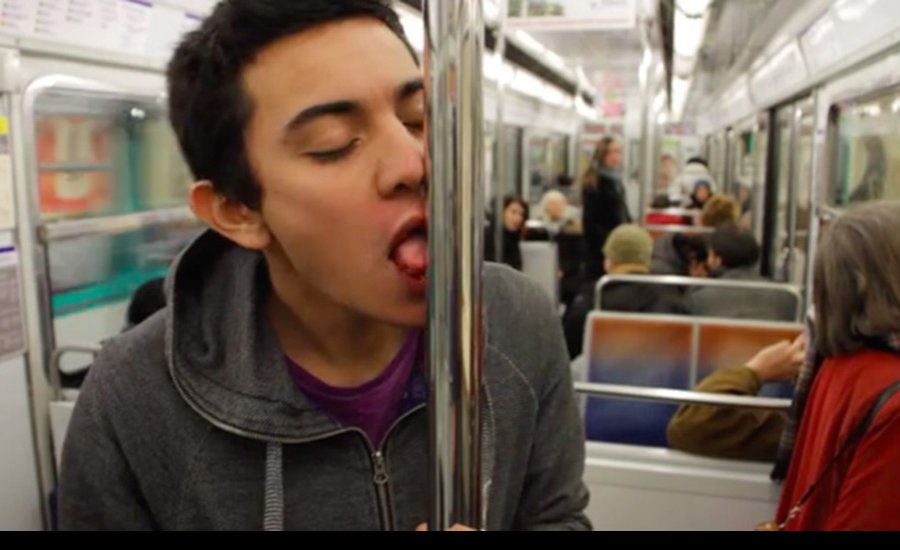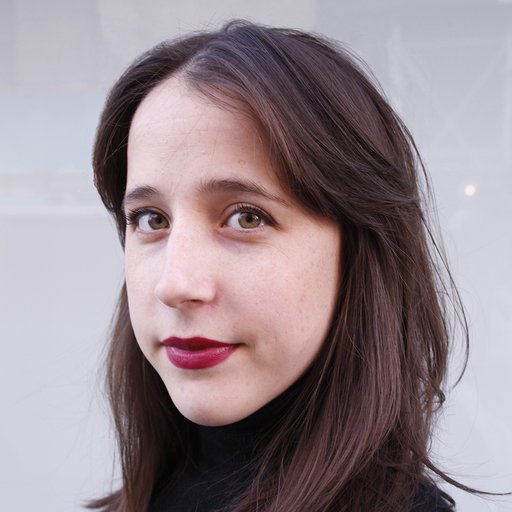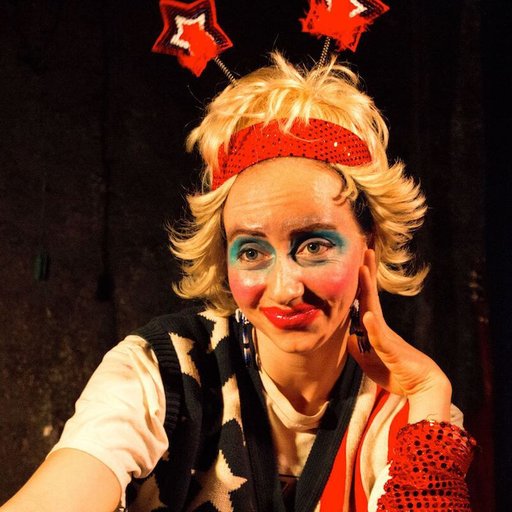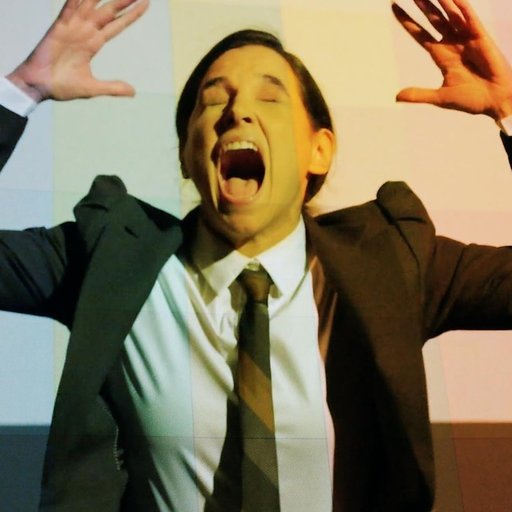This Spring in New York City, curator and gallerist Kendra Jayne Patrick will launch Harrison, a brick and mortar gallery space. But she didn't originally set out to pursue a career in contemporary art. Having graduated from Georgetown with a law degree, she moved to New York with the goal of using her law skills as an agent in the fashion industry. Shortly thereafter, she became embedded in circles of upcoming New York artists through a friend and grew deeply interested in the way that they approached cataloging and responding to the world around them. In possession of a different
—
but practical
—
toolkit, she began to devote her time to writing about art and working in direct support of artists whose work caught her attention.
During a two-year stint with collectively-run lower east side gallery Essex Flowers, she curated Eva and Franco Mattes 's "I Would Prefer Not to Include My Name," which debuted three episodes of their Dark Content series, as well as Doreen Garner's first New York solo exhibition "Removing the Veil: Vanity as Material for Incision." After parting ways with Essex Flowers, Patrick spent a year organizing what she would need to establish an independently-run curatorial platform. In fall of 2017, she began programming under the banner of Harrison with a presentation of Kenya (Robinson) 's "Paper Rain for Invocation Proclamation Manifesto (2) & (3)" at Gibney Dance Center.
Patrick started fundraising with the goal of securing a physical space for Harrison in spring 2018. To preview her programming vision, she's currently presenting a Harrison project at Bortolami through February 24th called "Twenty-first Century Occupational Adjustments and Considerations; Episode 1: Magnification" with works by Iván Argote, Rosa Menkman, Kenya (Robinson) . Harrison will debut its yet-to-be-announced location this spring with a solo exhibition by Chicago-based artist Gregory Bae.
On episode 40 of the Humor and the Abject podcast, Patrick discusses her unorthodox route from litigation to the gallery, the surprising parallels between getting a law degree and an MFA, why the job of a gallerist is distinctly different than that of a curator, and the importance of providing an ongoing, conventional gallery space for the artists whose work she's aiming to give a platform.






















